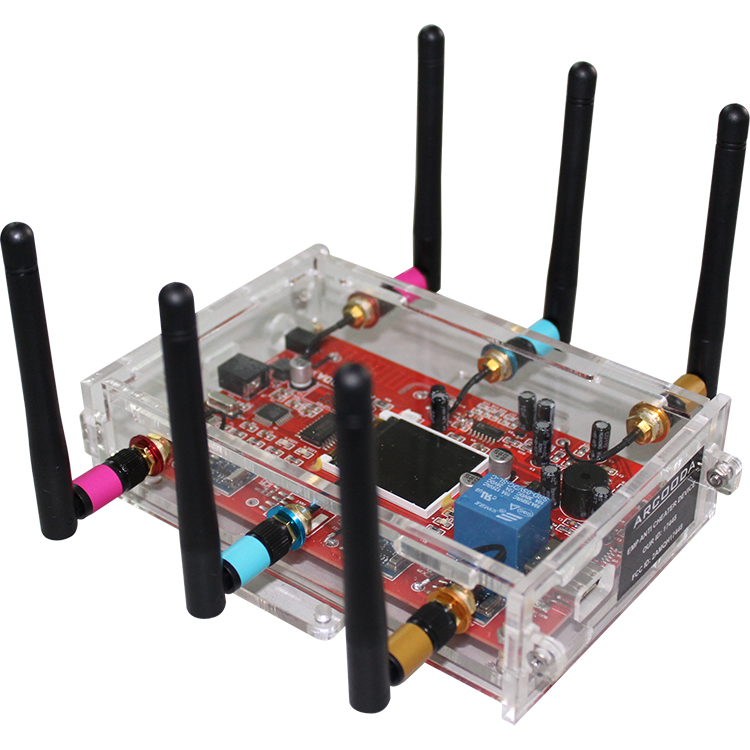Can Wireless Jammers Block Alarm Systems And What Prevention Measures Can Be Taken?
Q: Is it true that a simple wireless jammer can be used to block the signals from all security systems in the 900Mhz-2.4Ghz range? How does the security system respond to such jamming and what can be done to prevent this?
A: Something like a JR080 jammer may block wireless cameras, wireless alarm systems and wireless network devices in its operational frequencies and radius – that might include 433Mhz and other frequencies. There are a lot of variables, and it goes without saying that jammers are illegal in ANZ – attacks using them are quite rare.
Typically, range would be 20m or less, but this would technically allow an intruder carrying a jammer to move through a site and block alarm signals sent from nearby sensors to the control panel. A well-designed system would likely indicate trouble in such a case – some modern alarms can detect jamming attempts and report jamming as an alarm event.
The Ajax security system detects jamming if the noise power level exceeds -70 dBm over 30 seconds. After that, the hub automatically sends a jamming notification to all users and the monitoring station. At the same time, the hub switches to a less noise-polluted frequency. If the hub loses communication with detector or device, it sends the corresponding notifications to the users and the monitoring station.
Some other capable wireless alarm systems are likely to have similar capabilities – the Qolsys IQ4 being one – these are the systems to go for if jamming is a material risk. However, it’s worth pointing out that cheap jammers are short distance and kick-ass jammers are not only illegal but wildly expensive.
Obviously hard-wired alarm systems are not impacted by jamming but they are also more expensive to install and as a result tend to have less comprehensive sensor coverage. If we thought jamming might be an issue, we’d take our detection zones outside buildings and use at least 1 longer range sensor, perhaps 2.
In high security Class 5 applications, bullet-proof sensor-to-panel signalling is part of the deal, so you’ll need to factor this into your government and corporate work. You might also hardwire more exposed sensors and use wireless devices deeper inside your onion skin.
In most applications the benefits of wireless far outweigh potential issues with use of illegal jammers. We wrote about jamming in more detail here – you can read some interesting points from Ajax about jamming here – there’s more SEN news here.
“Can Wireless Jammers Block Alarm Systems And What Prevention Measures Can Be Taken?”

Can Wireless Jammers Block Alarm Systems?












